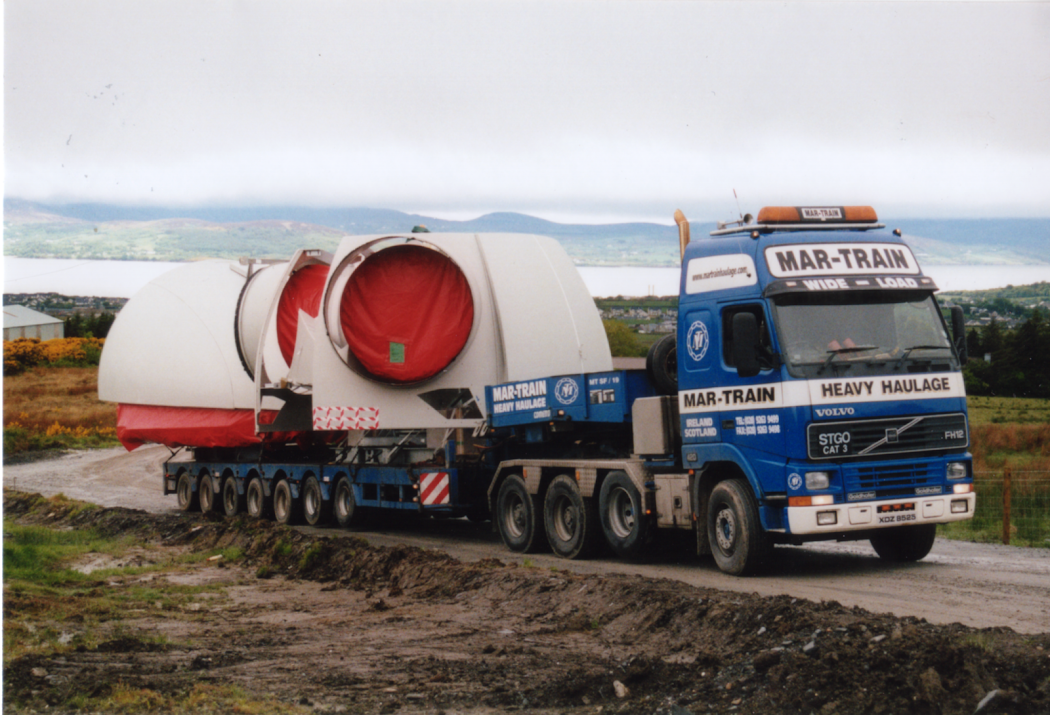SITE ASSESSMENT
Site access

8-wheel lorries and other heavy vehicles need a large entrance that they can turn into, a minimum 3m wide lane or driveway and enough space to offload and turn around the site. If they cannot access the site, you will pay more for deliveries of concrete, sand, blocks and many other things as they will need to use smaller lorries inevitably requiring more trips from the builder’s merchant or from the specialist company who is coming in to make a large delivery.
If your site and driveway are not well drained, not compact enough and/or not wide enough, then drivers may refuse to drive onto it, necessitating offloading at the roadside which can be very awkward and time consuming/costly.
Similar issues will crop up for equipment hire, e.g. cranes for lifting windows or large wall sections depending on your building method. Skip hire could be an issue as well, as it is preferable not to leave them on the side of the road.
Cement mixers will also need access and if not, will park at the roadside (providing there is room and they are allowed to do so; this can require a permit from the local authority in some instances) and you will need to organise a pump to get the material to site.
If your site requires piled foundations, the piling rig will need sufficient hard-standing to operate safely.
Rules for access and parking requirements are controlled by the respective roads authorities in NI and ROI and additionally, the building regulations in both areas stipulate minimum widths of access and turning circles for fire brigade vehicles, etc.
It may therefore be more cost effective to get the as-approved access construction carried out first and it will provide sufficient access and a safe base for construction plant and equipment, with the added benefit of becoming well compacted during building works.





